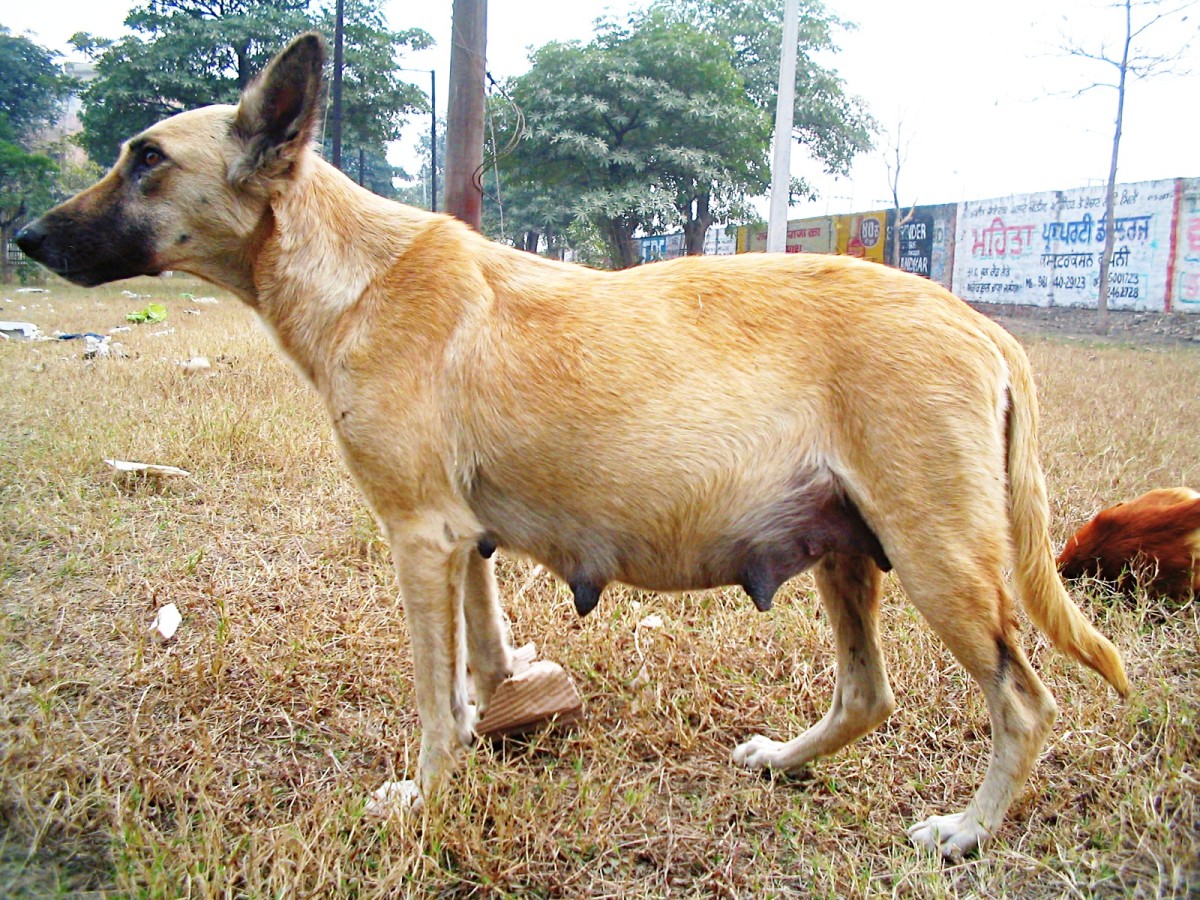
Image Source gemepet.com
The Intricacies of Canine Breeding and the Potential Issues that Arise
When it comes to breeding dogs, there are certain considerations that responsible breeders must keep in mind. While accidental matings can occur, intentionally breeding closely related dogs, such as siblings, can lead to a range of complications. This article delves into the topic of dogs getting pregnant by their brothers, exploring the possible risks and consequences.
The Importance of Diversifying the Gene Pool
One of the primary reasons why breeding closely related dogs is often discouraged is the potential harm it can cause to the gene pool. Inbreeding can lead to a reduction in genetic variation, increasing the likelihood of inheriting genetic disorders and health issues. For instance, when siblings mate, there is a higher risk of offspring inheriting identical genes from both parents, amplifying the chances of genetic abnormalities.
By breeding unrelated dogs, breeders can help maintain a healthy and diverse gene pool, reducing the prevalence of inherited diseases within specific breeds. A varied genetic makeup not only enhances the overall health of the breed but also contributes to improved vigor and adaptability.
Potential Health Risks and Their Impact on Offspring
When it comes to breeding siblings, several health risks may arise. Genetic disorders and abnormalities are more likely to manifest in puppies born from such a mating. These issues can range from relatively minor conditions like allergies or skin problems to more severe afflictions such as heart disease or neurological disorders.
In addition to health problems, inbreeding can also result in reduced fertility rates among dogs. Breeding close relatives increases the likelihood of inherited reproductive issues, leading to decreased litter sizes and difficulties in conception. Consequently, this can pose challenges for breeders aiming to maintain and improve the breed’s population.
Responsible Breeding to Safeguard Canine Health
Responsible breeders understand the importance of prioritizing canine health and minimizing the risks associated with breeding close relatives. To ensure the well-being of their dogs and produce healthy offspring, they focus on diversifying the gene pool, carefully select mates from unrelated lines, and conduct thorough health screenings.
By embracing responsible breeding practices, breeders can mitigate the potential complications that arise from inbreeding and contribute to the overall welfare of the breed as a whole. Educating prospective dog owners and breed enthusiasts about the risks involved and the importance of responsible breeding is crucial for the betterment of dog breeds worldwide.

Image Source gemepet.com
Understanding the Implications and Making Informed Decisions
The decision to breed dogs, let alone siblings, is one that should be approached with careful consideration and an understanding of the potential implications. While accidental matings can occur even within the most well-managed breeding programs, intentional inbreeding should be avoided whenever possible. It’s important to prioritize the health and well-being of the dogs and the breed overall.
Seeking Professional Guidance and Expert Opinions
If you are a dog breeder contemplating the idea of breeding related dogs or have inadvertently ended up in such a situation, it is advisable to consult with experienced professionals and seek their guidance. Veterinarians, canine geneticists, and reputable breed clubs can provide valuable insight into the potential risks and advise on the best course of action.
Additionally, joining breed-specific forums or engaging with knowledgeable breeders can help you stay informed about established breeding practices and gain a better understanding of the risks associated with breeding closely related dogs.
The Alternatives: Breeding Outside the Family Line
Considering the potential risks, breeding a female dog outside her immediate family line is the preferred choice for responsible breeders. This approach allows breeders to introduce new and diverse genetics into the population, helping to maintain a healthy gene pool while minimizing the chances of inherited health issues.
By conducting extensive research and finding a suitable, unrelated mate for the female dog, breeders can ensure the production of healthy offspring with a reduced risk of genetic abnormalities. This approach not only enhances the overall health of the breed but also contributes to its long-term sustainability.
Educating Dog Owners and the General Public
While this article focuses on the risks and consequences of dogs getting pregnant by their brothers, it’s vital to remember that responsible ownership and breeding practices extend to all members of the dog community. By educating dog owners and the general public about the potential challenges of inbreeding and the benefits of responsible breeding, we can collectively safeguard the health and well-being of our beloved canine companions.
Ultimately, making informed decisions and prioritizing the long-term health of the breed is paramount. By avoiding close relatives as mating partners and embracing responsible breeding practices, dog owners and breeders can contribute to the overall welfare of their dogs and preserve the integrity of the breed.

Image Source gemepet.com